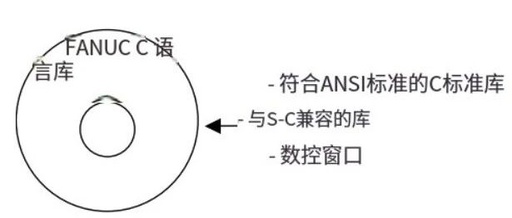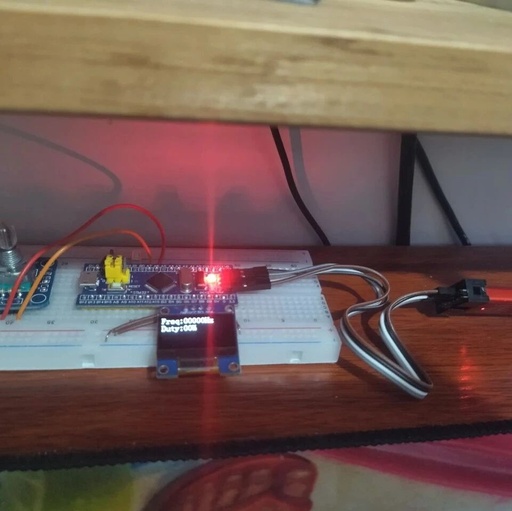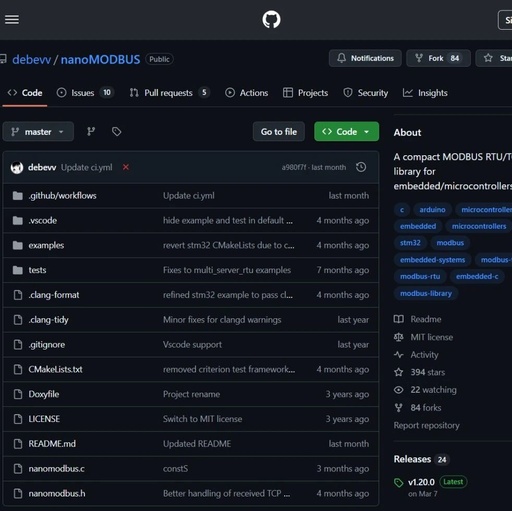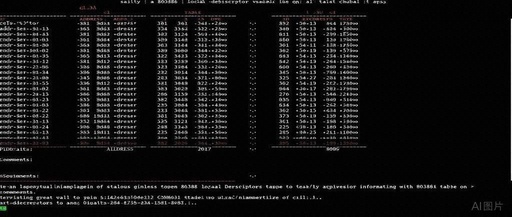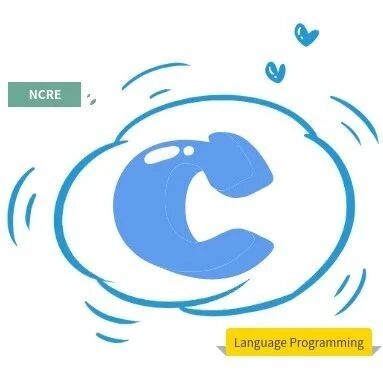C Language String Functions: A Guide from Basics to Mastery
Scan the code to follow Chip Dynamics and say goodbye to “chip” blockage! Search WeChatChip Dynamics The C language does not have a true string type; instead, it uses a character array + ‘\0’ (null character) to represent a string. Thus, <string.h> provides a group of “text wizards” (string functions) to help us manipulate these … Read more

